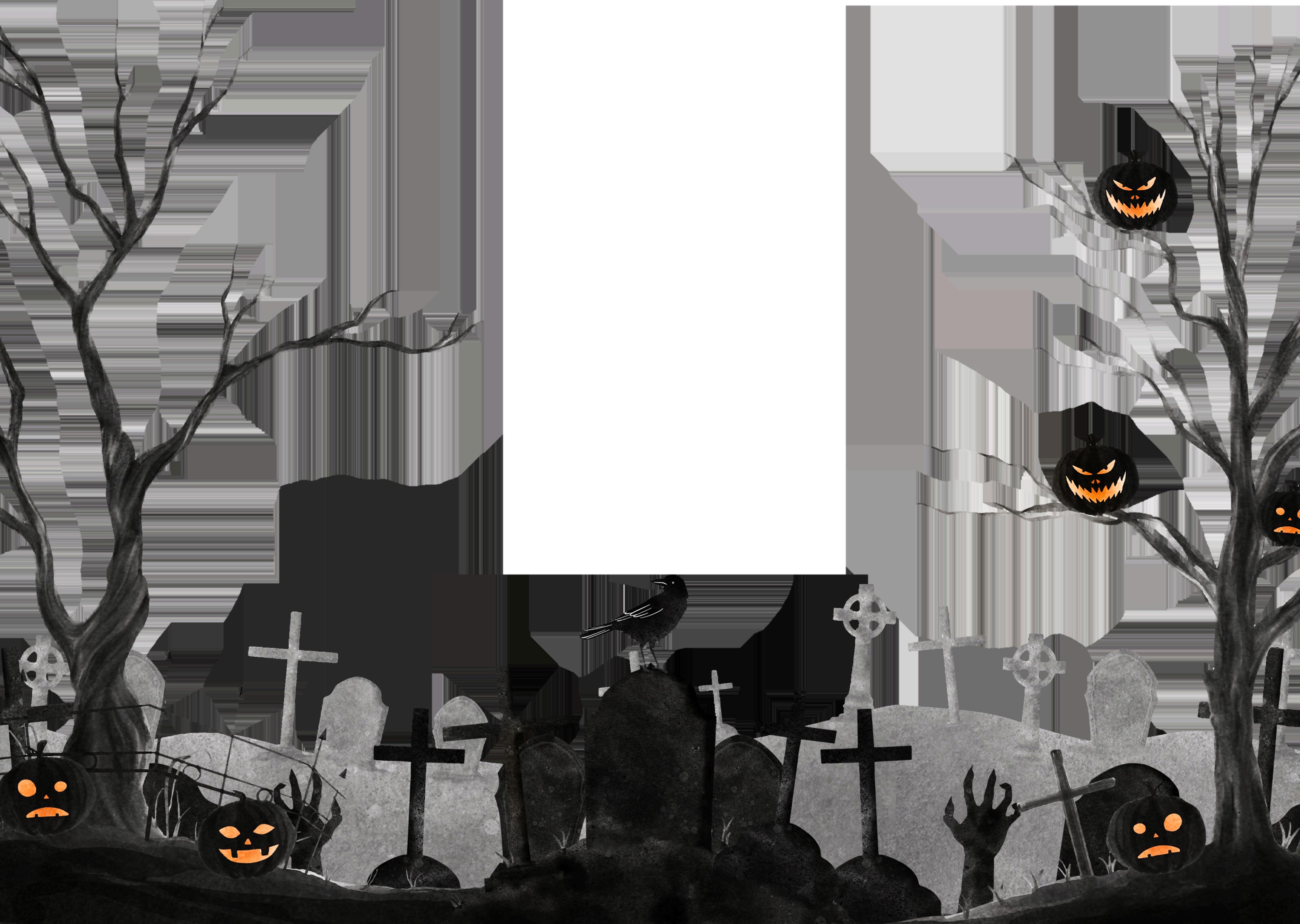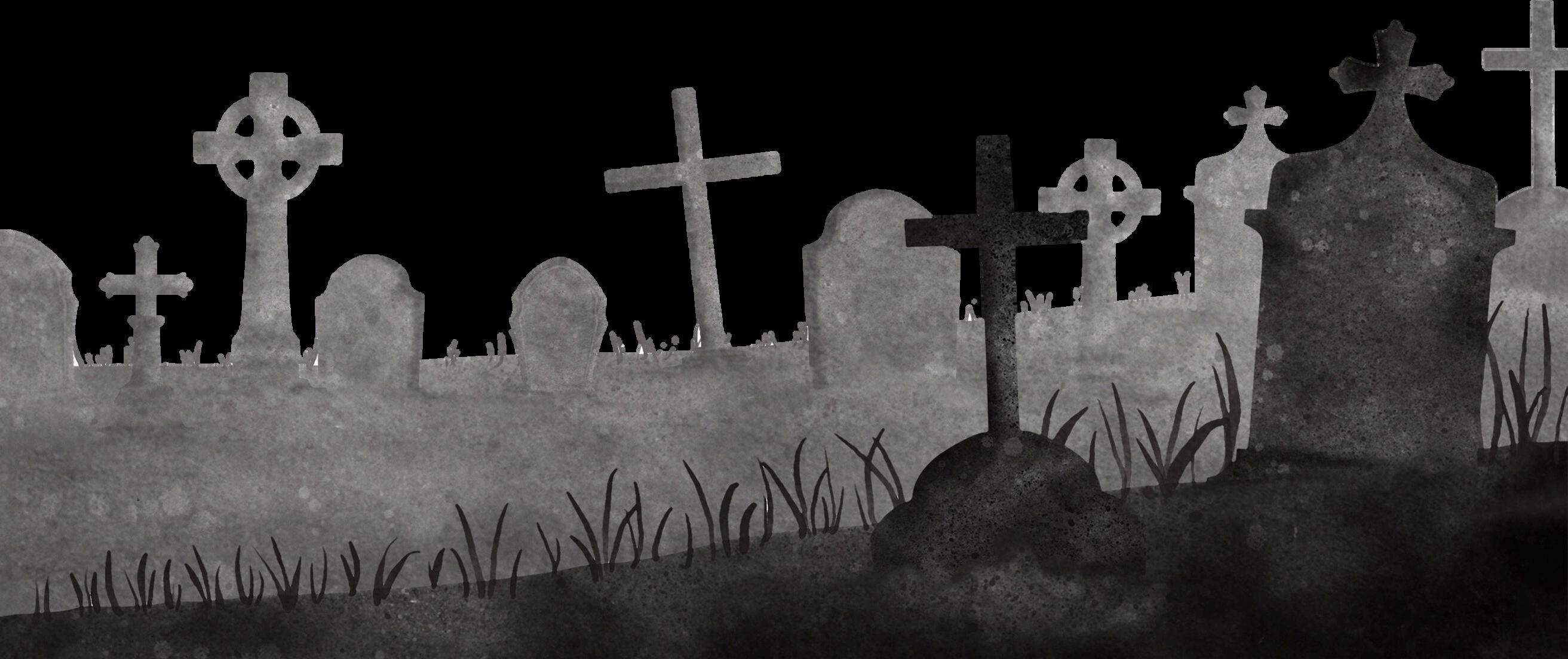27 OCT 2024
4pm, Victoria Concert Hall

Sponsored by

27 OCT 2024
4pm, Victoria Concert Hall

Sponsored by
Dr Margaret Chen Artistic Advisor
Singapore Symphony Chorus
Eudenice Palaruan Choral Director & organ
Ellissa Sayampanathan Assistant Choral Conductor
Shane Thio piano
Boey Jir Shin organ
Low Jinhong celesta & piano

Take part in our survey Your feedback
forms.gle/HCNtv93dSoscG9Dz7
Programme
Boëllmann
Introduction from Suite Gothique
Introduction Suite Gothique
Eudenice Palaruan organ
Poulenc
“Tout Puissant” from
Quatre petites prières de Saint
François d’Assise
Male Chorus of Singapore Symphony Chorus
Ellissa Sayampanathan conductor
J.S. Bach
Fugue in G minor, BWV 578
Eudenice Palaruan organ
Anonymous
De profoundis clamavi (arr. for choir and organ by
Eudenice Palaruan, based on a Gregorian chant)
Singapore Symphony Chorus
Ellissa Sayampanathan conductor
Boey Jir Shin organ
Bartók
Notturno from Mikrocosmos Vol. 4 from
Low Jinhong celesta


(arr. for choir piano, organ and celesta by Eudenice Palaruan)
Singapore Symphony Chorus
Ellissa Sayampanathan conductor
Shane Thio piano
Low Jinhong
Boey Jir Shin celesta organ

Eudenice Palaruan
Caña
Singapore Symphony Chorus
Ellissa Sayampanathan conductor
Boey Jir Shin organ
Eudenice Palaruan reeds and percussion
(transcribed for piano, organ, and chorus by Eudenice Palaruan)
Singapore Symphony Chorus
Ellissa Sayampanathan
Shane Thio & Low Jinhong piano
Eudenice Palaruan & Boey Jir Shin organ conductor
CONCERT DURATION: 1 hour (no intermission)





For over four decades, the Singapore Symphony Chorus (SSC) has been bringing together passionate and talented choristers from all walks of life to celebrate the best of symphonic music-making, and to create music that moves, transcending language and culture. Led by renowned conductors like Okko Kamu and Masaaki Suzuki, the SSC has built and impressive repertoire since 1980, including works like Tippett’s A Child of Our Time and Bach’s St John Passion. Their dedication to excellence makes SSC a testament to the power of music in connecting people across cultures and generations.
A Child Our Time St John Passion

Eudenice Palaruan studied church music at the Berliner Kirchenmusikschule. For the past few years, he has been the resident conductor and composer of the International Bamboo Organ Festival where he premiered a significant volume of new Asian choral works. He is currently an associate professor at the Singapore Bible College School of Church Music and the Choral Director of the Singapore Symphony Chorus.
Ellissa Sayampanathan is the Assistant Choral Conductor of the Singapore Symphony Orchestra. She currently serves as the Vice-President of the Choral Directors’ Association (Singapore), is a Founder and Director of Chroma, a choral collective based in Singapore, and conducts a number of school choirs. She spends part of her life teaching music in Special Education classrooms, developing and teaching curriculum for a number of preschools, and advocates for the arts to be accessible to all.


Shane Thio, a celebrated Singaporean pianist and Royal Academy of Music alumnus, has won numerous awards including the Tankard Lieder Competition's Accompanist Award. A recipient of the 1992 National Arts Young Artist Award, he advanced his studies at the Royal College of Music. Collaborating with the Singapore Symphony Orchestra and Chorus, he's also the artistic director and founder of The Sing Song Club. His illustrious career spans performances with various orchestras and choirs, specialising in accompanying international violinists and contemporary music.

Boey Jir Shin has been Librarian at the Singapore Bible College since 2022. Previously, she was Head of Music and Media at the Missouri State University Libraries and Assistant Professor in Music History at Ouachita Baptist University. She holds degrees in music performance, church music, and musicology from the University of Michigan and Indiana University, where she studied with Marilyn Mason (organ) and Edward Parmentier (harpsichord). Jir Shin currently serves in the worship team at Agape Baptist Church and as one of the organists at Holy Trinity Church.

A graduate of the Royal College of Music (London), Low Jinhong is a pianist and educator that engages in unconventional repertoire and exciting partnerships. He was a winner at the Lucian Wang Piano Competition, best accompanist at the Joan Chissell Schumann Vocal Competition, and has participated in the Leeds Lieder Festival. As a collaborative pianist, Jinhong performs with students from Nanyang Academy of Fine Arts, as well as with new music collective weird aftertaste. He is also the resident pianist at the Singapore Symphony Children’s Choir.
Toccata and Fugue in D minor
The pipe organ has had centuries of history in churches, but its use in horror contexts started with the silent film. Indeed, the classic piece used to denote the haunted and the gothic is Bach’s famous Toccata and Fugue in D minor, and without doubt, Bach features on tonight’s programme (though with a smaller, less dramatic piece).
Suite gothique
Léon Boëllman, French organist, is remembered today for a very small number of works, chief of which is the Suite gothique, from which we will hear two movements. The first, an opening chorale in C minor, makes for a great demonstration of the organ’s ability to completely fill any space with powerful sound, and the second, a chugging toccata with a fondness for diminished harmonies, sounds almost stereotypically “Halloween” to modern ears.
(Quatre petites prières de Saint François d’Assise)
From C minor we take a turn to the major for Poulenc’s “little prayers” (Quatre petites prières de Saint François d’Assise), written for unaccompanied men’s voices. Poulenc’s return to Catholicism after his immersion in the heady salons of the 1920s arose through tragic circumstances: one of his closest friends and colleagues, the composer Pierre-Octave Ferroud, was decapitated in a terrible traffic accident, and in his grief Poulenc made a pilgrimage to Rocamadour, at the same time channelling his creative energies into vocal and religious music. These short choral musings, deeply heartfelt, use some very advanced chromatic harmonies, learnt from his years in contact with jazz and cabaret, but refracted for a completely different purpose.

Bach’s G minor Fugue
Another piece that bears the “little” moniker is Bach’s G minor Fugue, so named for its brevity. Musically, it is the equal of any of the other organ fugues he composed throughout his career. As each voice of the fugue enters and the music increases in density, the busyness of the individual parts is offset by the stately motion of the pedal line. Bach varies his harmonies with great skill, at one point sounding almost religious by turning to B-flat major. The flexibility of the fugue form means that there is no theoretical maximum length: a composer is always free to add more modulations and episodes between restatements of the theme, but here Bach ties all the loose ends together with a firm G minor re-entry of the fugue subject in the pedal.
“Out of the depths I cry to you, O Lord”
“Out of the depths I cry to you, O Lord”: thus begins Psalm 130, whose Latin text has been set to music by countless composers over the past millennium. An arrangement by Eudenice Palaruan, Choral Director of the Singapore Symphony Chorus, provides a contrast from Bach’s relentless semiquavers and a bridge into the stranger harmonies of Bartók’s dissonant “night music” style, exemplified here by the Notturno from his didactic collection Mikrokosmos. It is easier to think of this very short piece as a collection of stretching and contracting intervals rather than being in a key, even if the music is rooted on the note E. Ending uneasily on a diminished chord, this piece definitely qualifies as spooky.
Notturno Mikrokosmos
Im Rhein
From the song cycle “The Poet’s Love” comes a song (Im Rhein) about the great Gothic cathedral in Cologne, the church with the largest façade in the world, whose construction started in the middle of the 13th century. The dotted-rhythm plodding in the piano underscores the severity of the text, which praises the grandeur of the cathedral but also, in the poet’s delirium, leads him to believe that the painting of the Virgin Mary is a painting of his love.

Notes by Thomas Ang
Caña or Cania (plural; canias) is a Spanish word for reed. It is also the word for the bamboo pipes used to construct the Philippine Bamboo Organ at Las Pinas, near Manila. Caña was premiered in 2016 to commemorate the selection of bamboo reeds used to build the organ two hundred years ago. Two melodies are quoted, the Gregorian chant Veni Creator Spiritus and Santo Espiritu by Felipe Blycker. They are accompanied by different reed instruments, such as the khaen (Thai mouth reed organ), sageypo (Filipino Indigenous panpipes), indigenous percussion instruments, and pajaritos (bird whistles). canias Caña
Veni Creator Spiritus Espiritu khaen sageypo pajaritos
Notes by the composer, Eudenice Palaruan
The peaceful nature of the “Nimrod” variation from Elgar’s cryptic set, the Enigma Variations, means that it is a favourite encore of orchestras worldwide, and was so popular as a standalone piece that it has been arranged for all sorts of combinations of instruments, and even culminated in one for chorus (to the Agnus Dei text). The warmth of the E-flat major harmony contrasts starkly with the D minor of “Fortune plango vulnera”, the second movement from Carl Orff’s setting of the Carmina Burana, which draws from a mediaeval German religious anthology. The brutal nature of the latter piece was a stylistic choice, which carries through the “Ave formosissima” (a hyperbolic love song) into the unstoppable pounding of the great “O Fortuna”. Agnus Enigma Variations Dei
Carmina Burana

Notes by Thomas Ang

SSO Baroque Festival: Music of the Knight
Thu, 31 Oct 2024, 7.30pm
Victoria Concert Hall
Singapore Symphony Orchestra
Willi Zimmermann

SSO Baroque Festival: Water Music Sweet
Fri, 1 Nov 2024, 7.30pm
Victoria Concert Hall
Singapore Symphony Orchestra
Willi Zimmermann leader & violin leader & violin
The vision of the Singapore Symphony Group is to be a leading arts organisation that engages, inspires and reflects Singapore through musical excellence Our mission is to create memorable shared experiences with music Through the SSO and its affiliated performing groups, we spread the love for music, nurture talent and enrich our diverse communities
The SSO is a charity and not-for-profit organisation You can support us by donating at www.sso.org.sg/donate. For more details, visit www.sso.org.sg/baroque-festival

